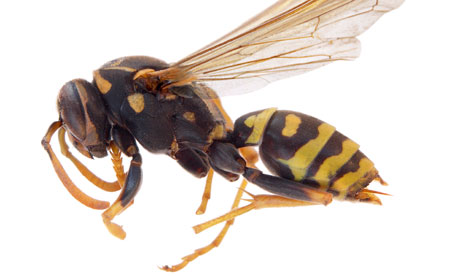
How do I avoid being stung?
Don't have picnics with sweet stuff. If you do, avoid areas with flowers, don't wear strong perfume and don't wave your arms around.
What happens when I'm stung?
First you feel a sharp pain. The venom (which contains histamine and proteins which provoke a reaction in the skin and underlying tissues) causes more pain, itching and redness. Some people have allergic reactions, with wheeziness, breathlessness, chest pain, facial or widespread swelling and faintness. This is a medical emergency. In future carry an injection pen with adrenaline.
What should I do if I am stung?
Remove the sting by scraping it out with a fingernail or a card. Don't squeeze the sting, wash the area with soapy water. Apply a cold compress and if you need to, steroid cream (hydrocortisone 1%). Local anaesthetic sprays can relieve pain. Antihistamine tablets help if the sting site gets itchy.
When should I see my doctor?
If you have a bad reaction – a big area of redness and swelling – you may be allergic to the venom. If the sting area has become infected (if it is red and swollen, if there is pus and if you feel hot) see your GP. Any sign of a full- blown allergic reaction is a medical emergency.

